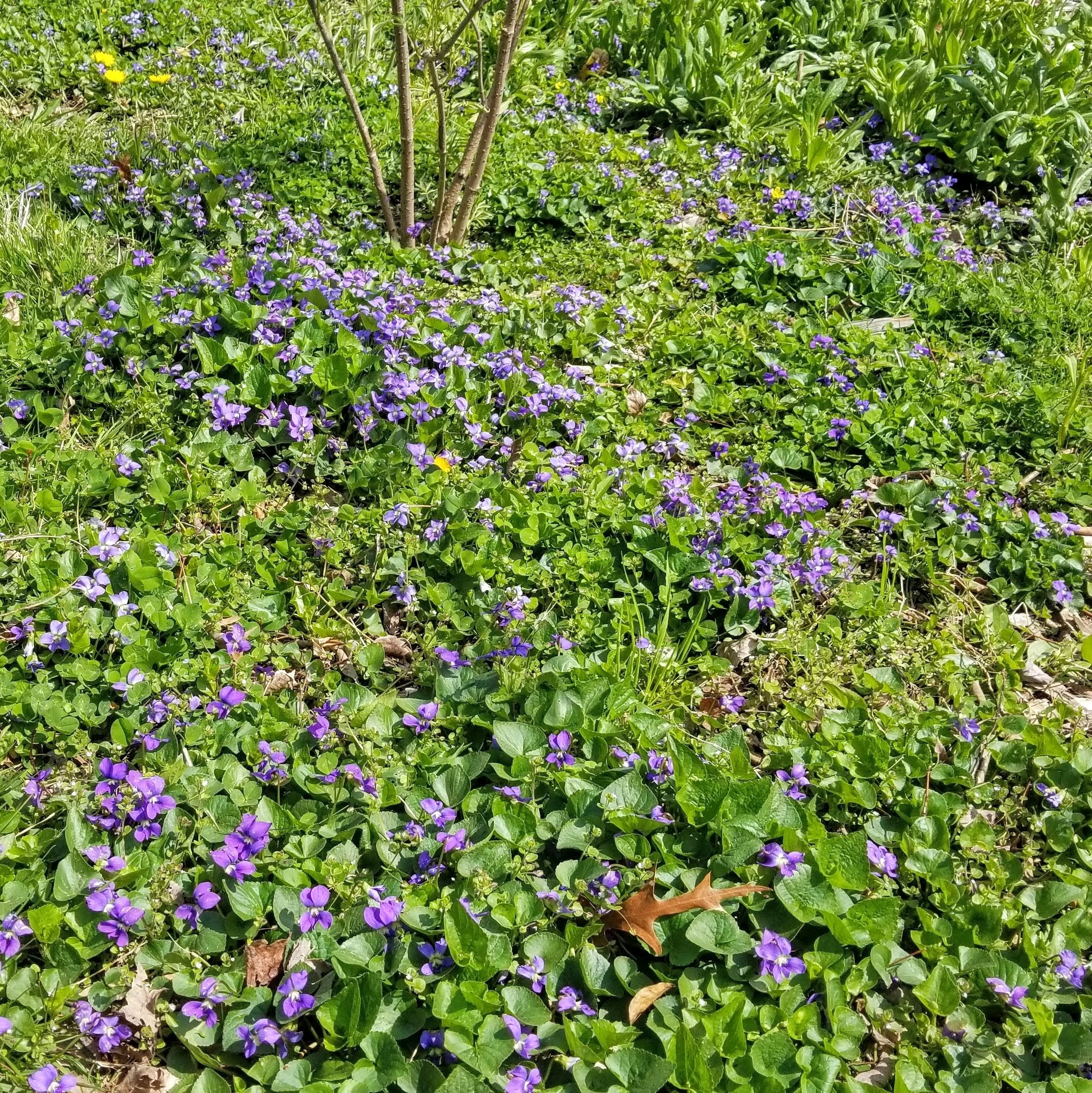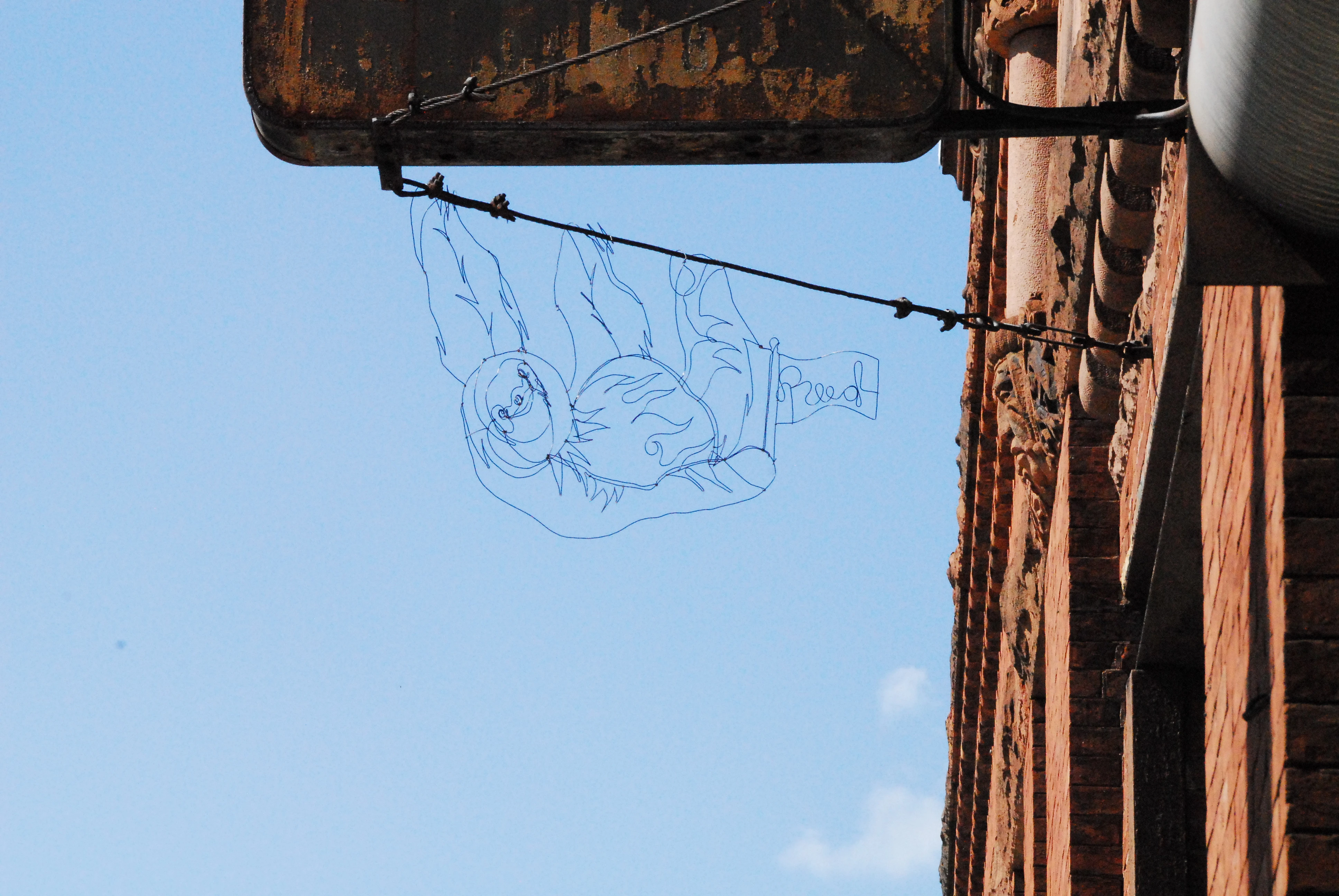I never took care of the lawn other than mowing it, so much of this stuff was already here in small amounts. Two years ago, I started dividing up the violets and planting them into the grass. They launch seeds up to 4 feet so they quickly spread, clump and bully the grass. Ants move the seeds around too. Last year, I started dividing and transplanting the nimblewill. Panicled aster and late boneset volunteered which pushed out some more.
There's still plenty of grass closer to my neighbor who treats their lawn. Some I buried in woodchips, the rest I'd like to shade out with edibles and dig out for another rain garden.






I want to, but I'm too nervous about removing the glochids myself 😅 so not yet. Those fuzzy orange spots on the pads are no joke.